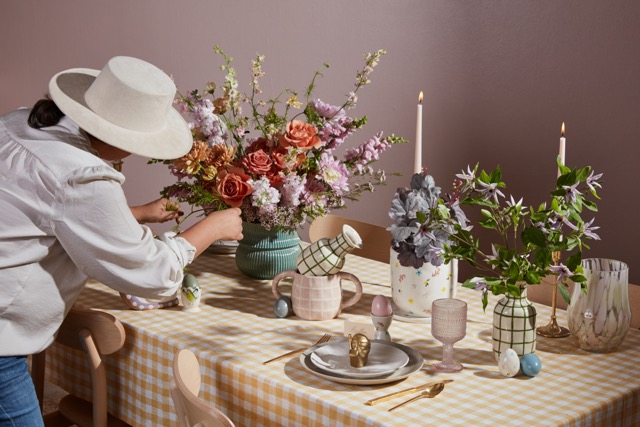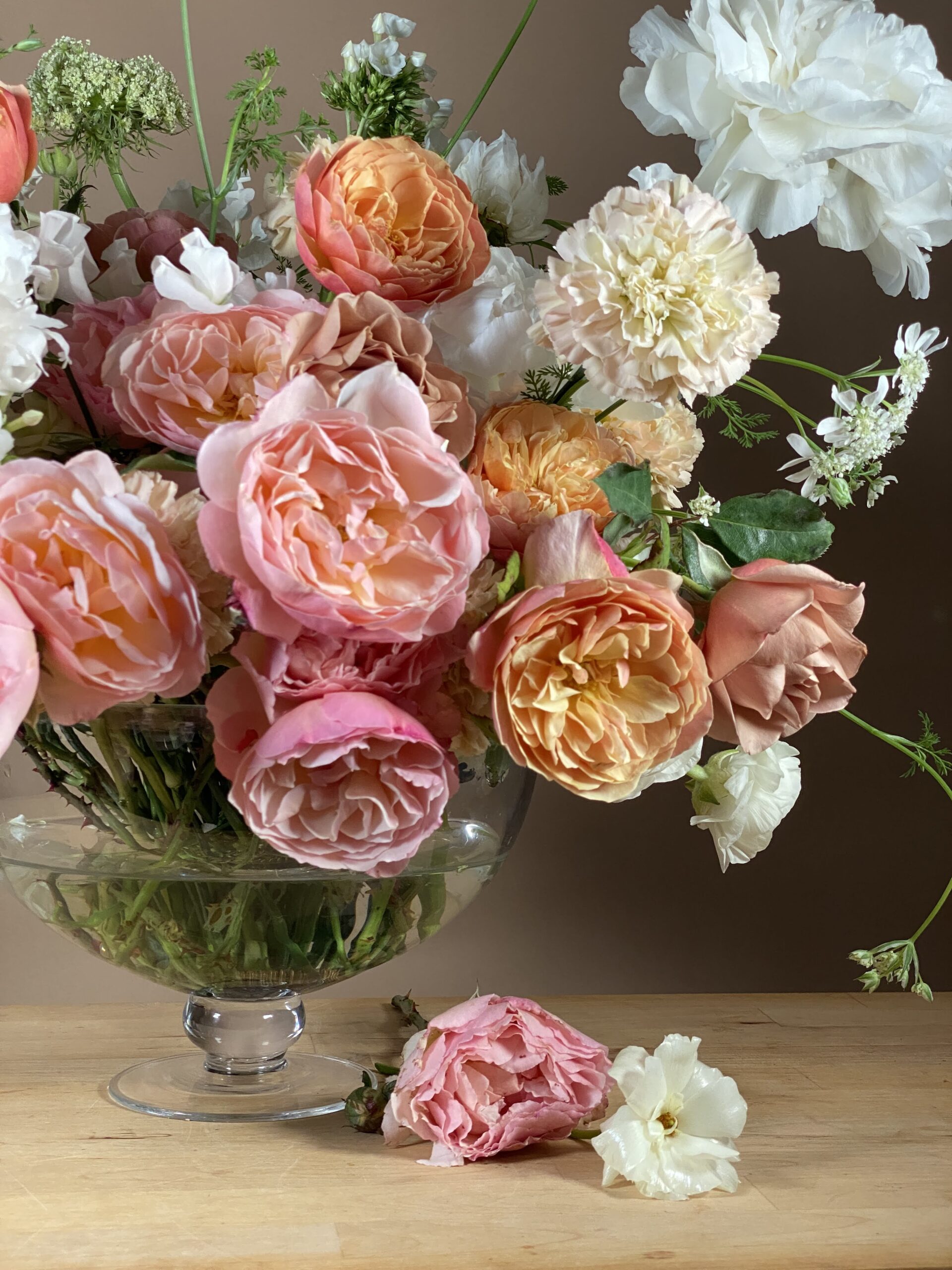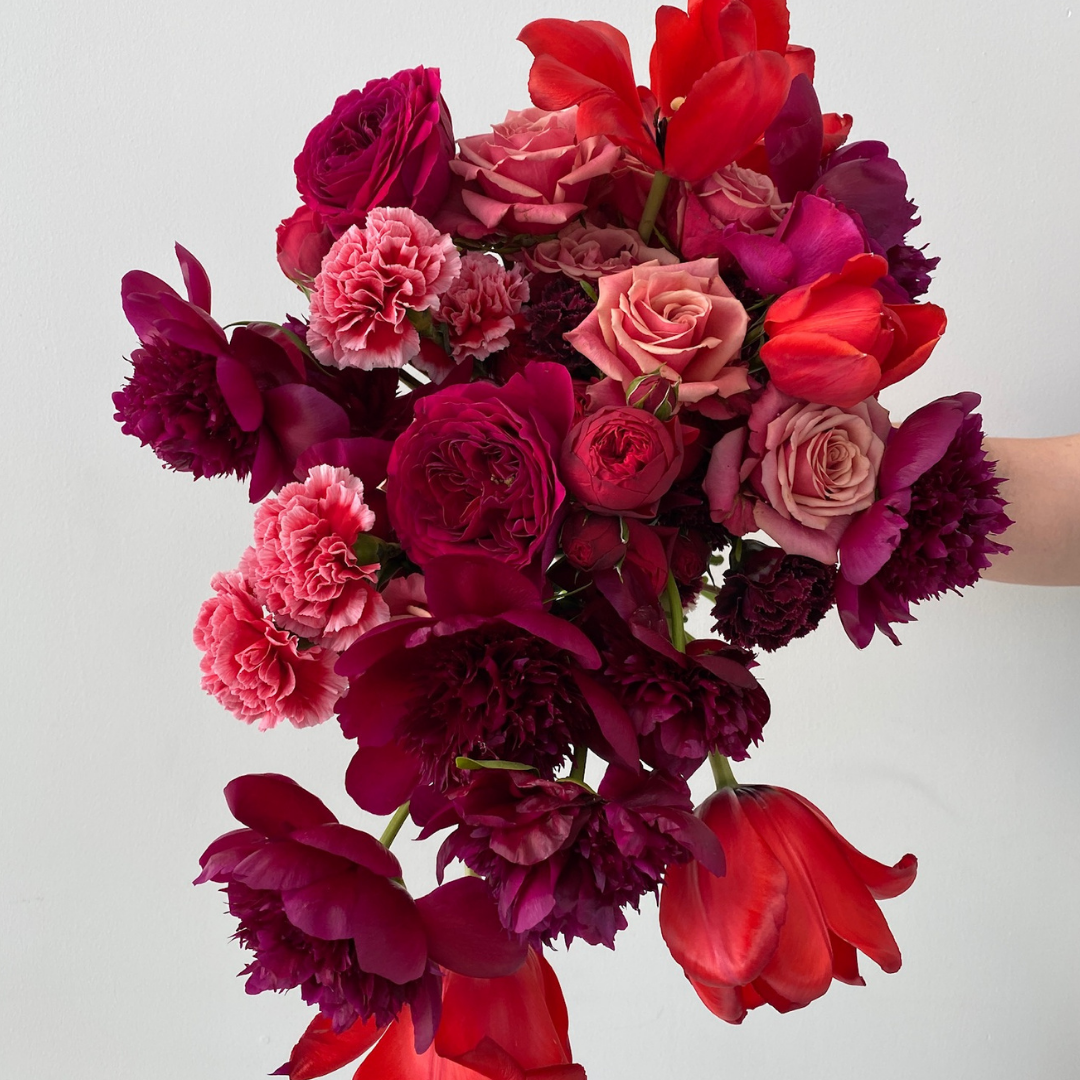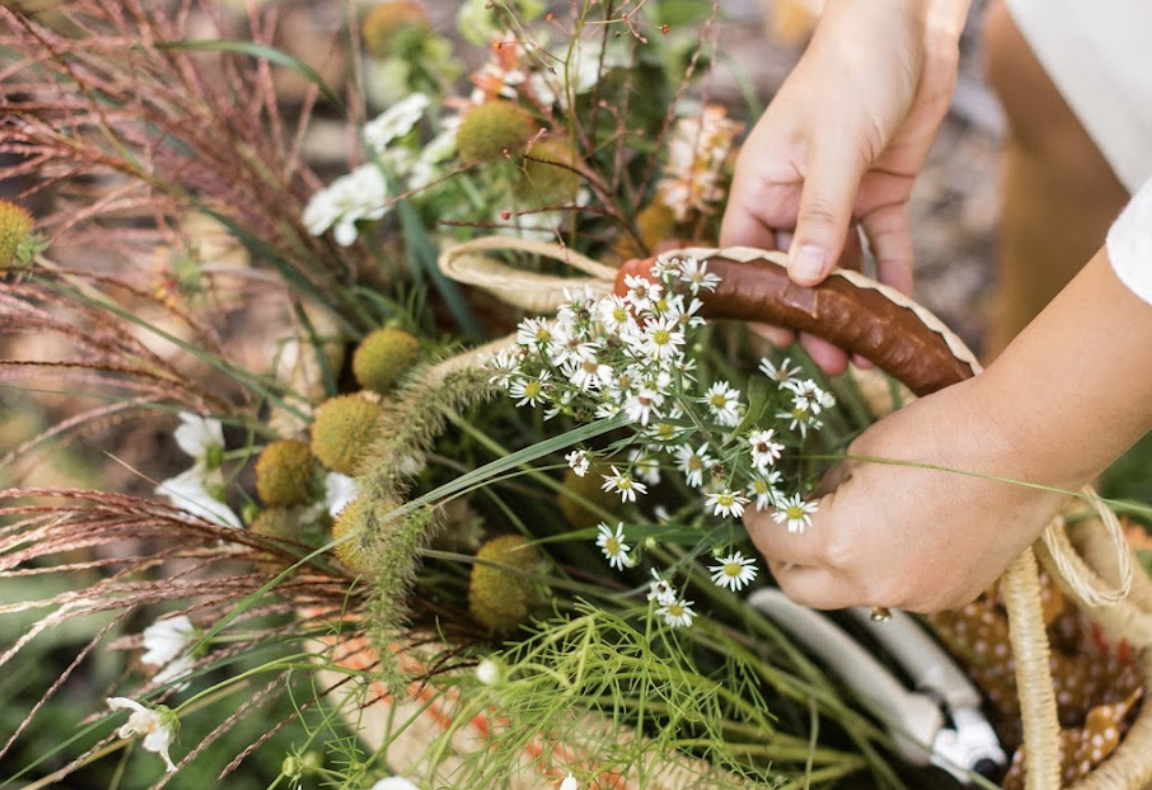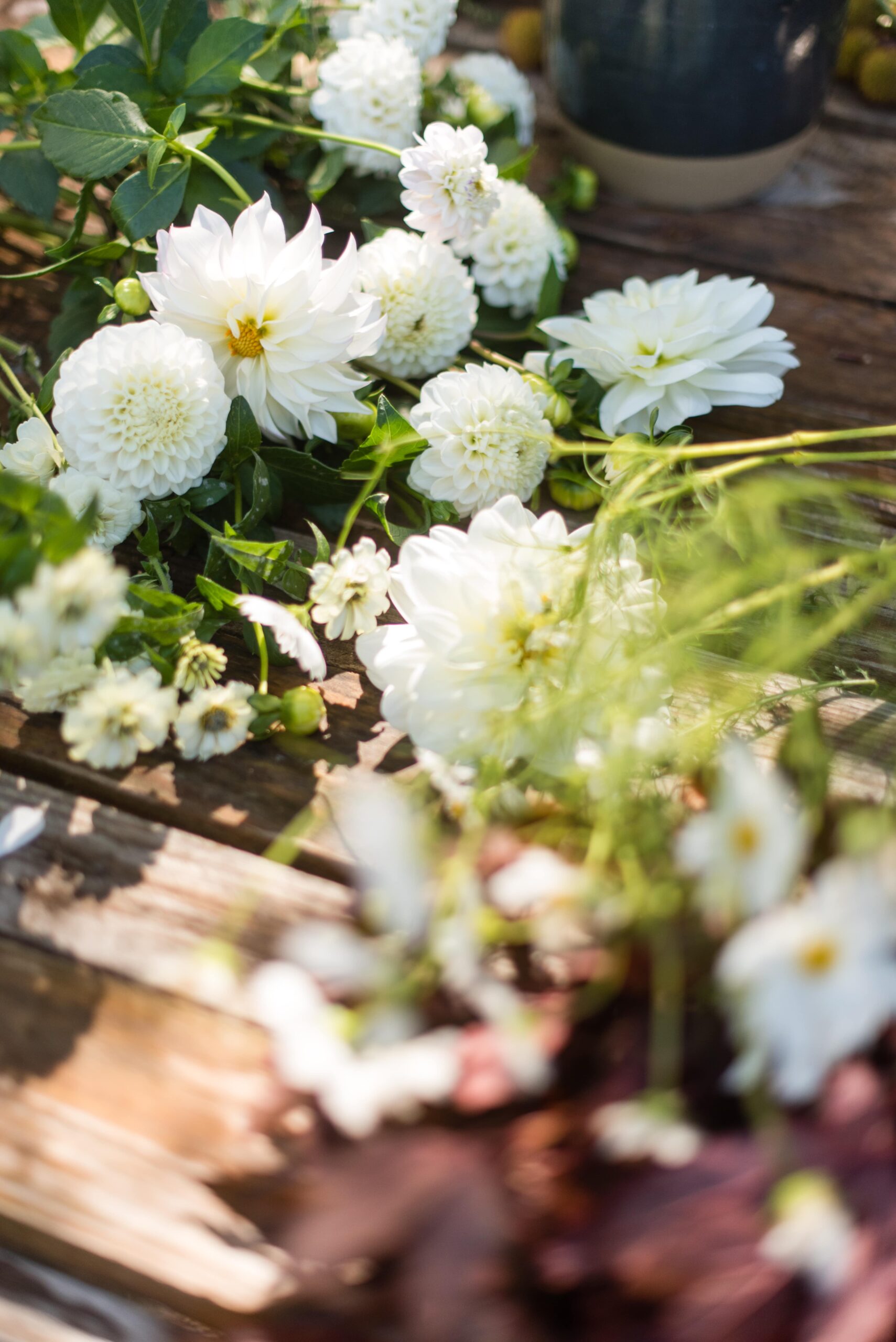My Favorite Florist Tools (Part 2)
In the interest of a good old extended metaphor, let’s head back to the kitchen.
Previously on the blog, I compared floral designers to chefs. Both are artists, both work with perishables, tight timelines, often stressful and seemingly impossible turnarounds, and both have highly specialized tools for their job. First and foremost, the knife.
But that’s not the only tool that you’re going to need to create impactful, effective designs. While some tools are wizards of versatility (hello, my little Victorinox), sometimes you need a specific tool for a specific job. That’s where the rest of the party comes to play: the paring knife, the bread knife, and maybe even a cleaver. In the case of the florist, we’re talking inexpensive knives, hooked or curved knives, shears, clippers, loppers, and more.

Knives (Continued)
Now that you’re a confident knife user (wink, wink), I’m sure that, like me, the aforementioned blade is going to be your go-to. But in the studio setting, I often stock this inexpensive, red handled Claus. When you need an inexpensive option for a sharp quick knife, this version will make a quick cut, open boxes, remove packaging and more without dulling your good knives.
I also like to have a hooked knife on hand which can do great work on larger and thicker stems. The Meraki Stainless Steel Curved Blade is a phenomenal tool but it can be pricey. Not ready to invest? Add a curved, pruning knife to your toolbelt and splurge on the Meraki if you decide this curved tool is for you!
Fine-Pointed Shears
While not *quite* as versatile as a knife, this tool can’t be beaten when it comes to fine-tuning your stems. I reach for my lightweight Chikamasa for detailed work like creating corsages, boutonnieres, and wearables. I also use shears to reduce bulk, highlight lines, and edit laterals on flowers, foliages, and filler flowers.


Heavyweight Clippers
Time for the big guns. Clippers (or pruners) require more force than shears or knives to operate, and overuse can cause a lot of fatigue and chronic pain in your hands and arms. I use clippers when knives won’t (pardon the pun) cut it: when you’re working with a lot of woody stems, or when trimming finished bouquet stems. I also keep these on hand when I’m hitting the garden or foraging, just in case. I still prefer the lightest pair at all times.
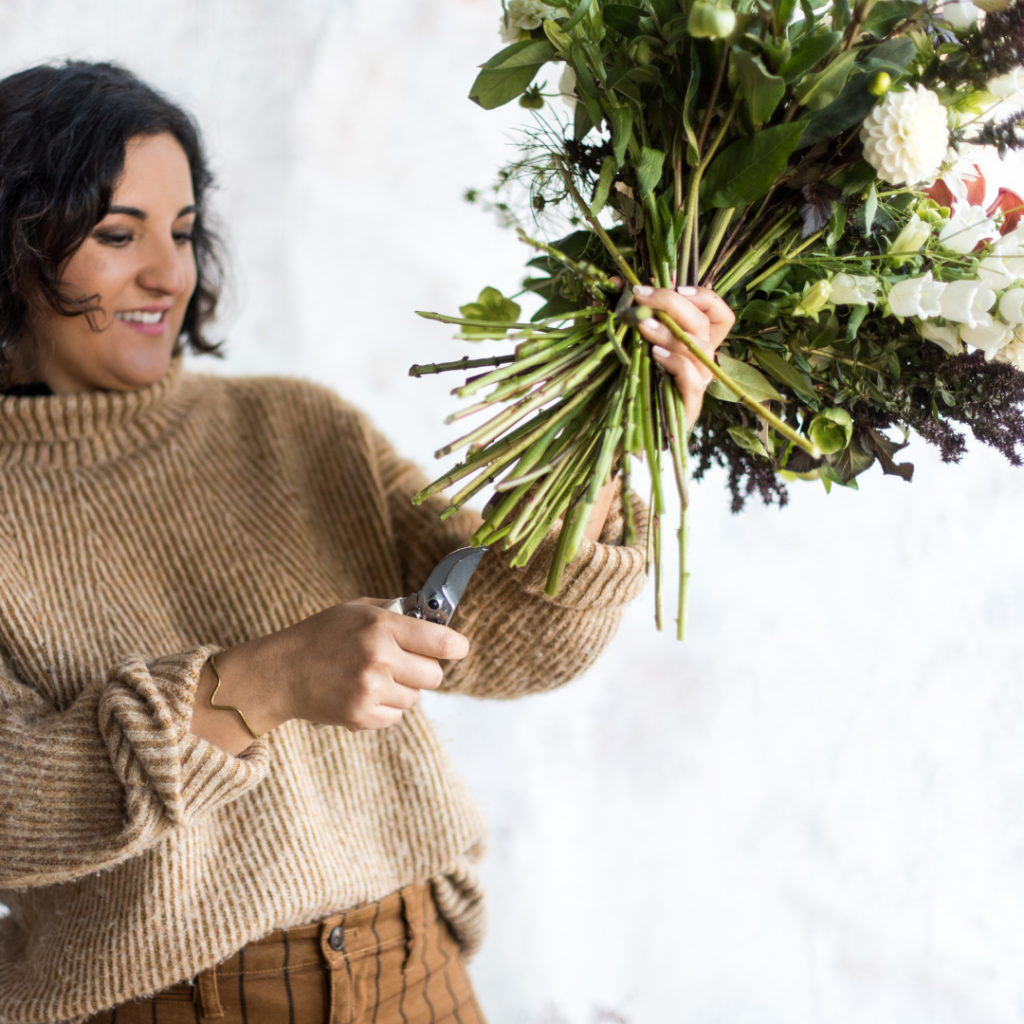
Loppers
You’re not going to use loppers every day, but you’ll be glad you have them. Typically a landscaping tool, these massive, two-handed pruners are going to help you when it comes to spring blooming branches, autumnal foliage bales, and winter evergreens (think cutting down cherry blossom bales into compote-sized stems, harvesting copper beech for a fall arch, or turning huge magnolia branches into Christmas garlands).
Wire Clippers
Thanks to the chicken wire renaissance, I’m sure many of you have familiarized yourself with wire clippers. If you don’t have a pair of wire clippers yet, it’s time to add these to your toolbox and avoid damaging other clippers in the process! You’ll find wire clippers not only make quick work of chicken wire, but also of wiring stems, cutting down metals found in pins and corsage wristlets, and even managing faux flowers. Lightweight and effective is the name of the game here and Clauss has been my absolute go to for YEARS!
Ribbon Scissors
Have you seen the memes about using fabric scissors on paper? Bigggggg no no. Same with ribbon (fabric) scissors versus flower shears. Flower shears will never give you anything other than a jagged, stringy cut on ribbon. Ribbon scissors are required to get that clean, finished look. Oh, and about those ribbon scissors? Protect them with your life. They can be expensive and will quickly be ruined if used on anything (and I mean anything) other than ribbon or fabric.

Honorable Mention: Plasticized Rose Strippers
This item is sort of a deviation from the other items listed, but I’m inclined to include it here because if I don’t, I think you might grab a less effective tool! These plasticized rose strippers are a must-have when processing a lot of roses. They quickly remove foliage and thorns (and if not completely remove, then they at least dull the thorns) without causing damage to the stems and compromising the flower. If you need a cleaner stem than the rose stripper can provide, then I recommend you try a knife over clippers or shears.

No matter how you slice it, the right tool is essential for a job well done. I hope this blog has offered some insights on when to use the right tool! But tool time’s not over just yet, next on the blog I get into my selection process, and discuss how maintenance makes a BIG difference to your bottom line.
Disclaimer: As an Amazon affiliate, I may receive a small kickback if you use my links to purchase something I recommend!
Previous Post:
Next Post:
I think you'll also love reading...

